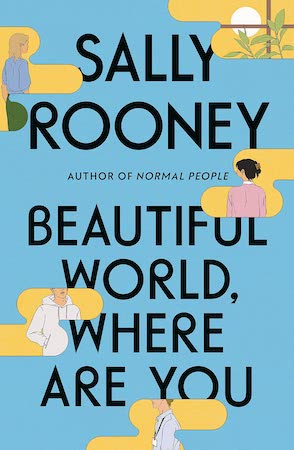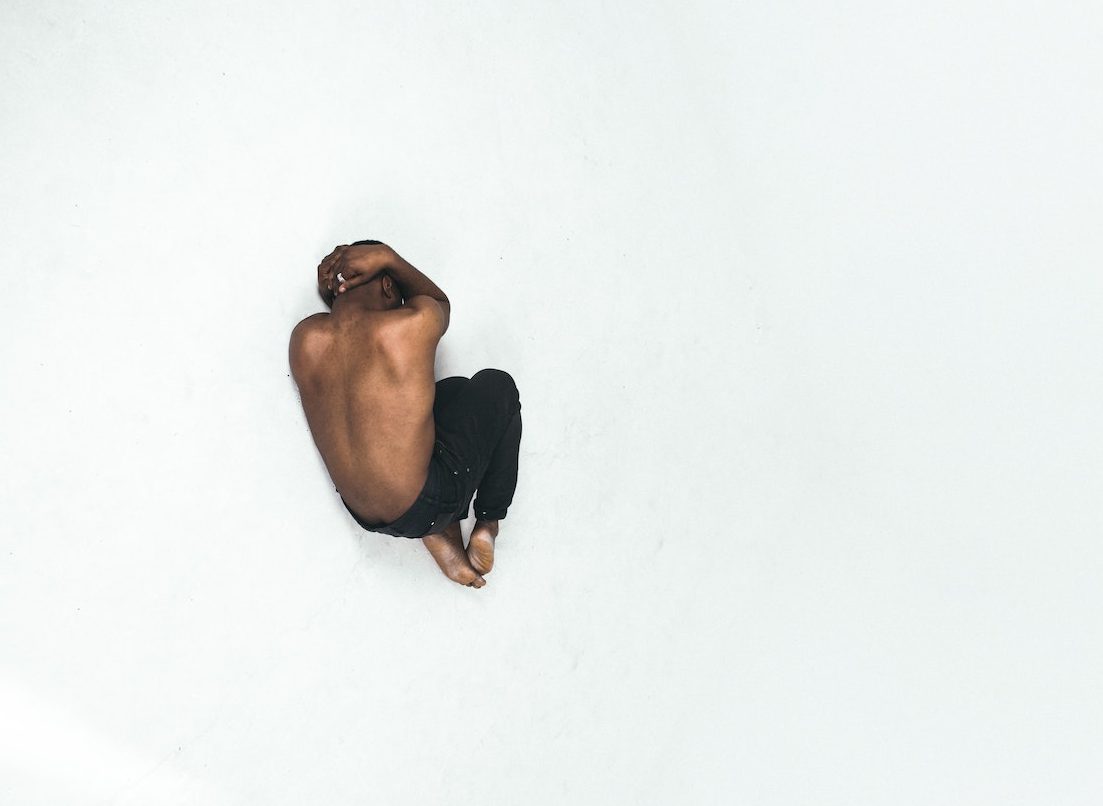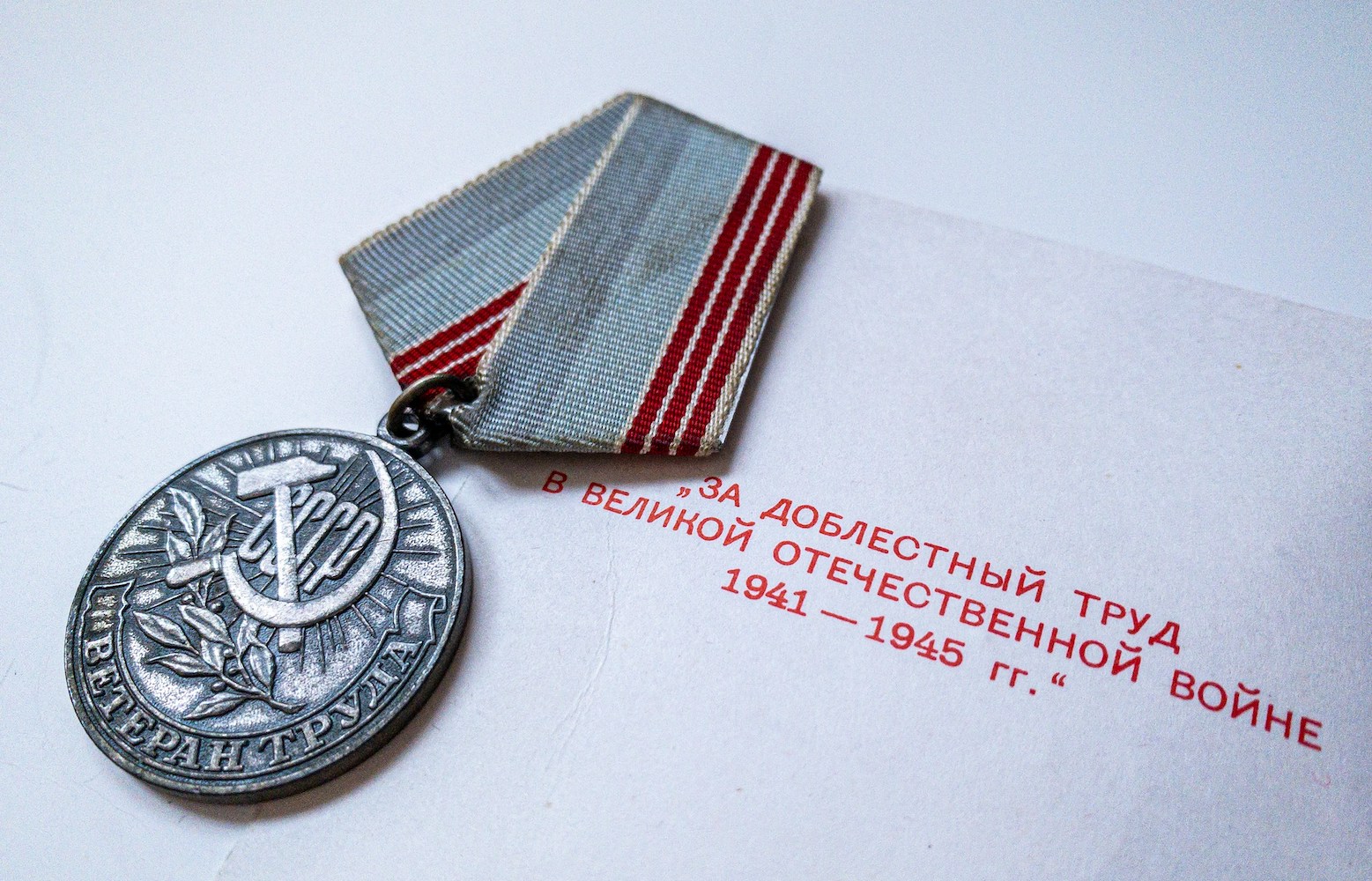Books & Culture
Beautiful Queers, Where Are You?
Sally Rooney’s latest novel flirts with, and then ghosts, meaningful queer representation

Sally Rooney breaks new ground for herself in her recent release Beautiful World, Where Are You, when two queer characters finally have sex on-page. Famous novelist Alice and warehouse worker Felix, who are trapped in a typical Rooney will-they-won’t-they, concede to their mutual lust about halfway through the novel when he unexpectedly shows up at her house after ghosting her. They are both bisexual. This scene has a funny little prelude that caught my attention: after work, before going to Alice’s, Felix pulls off into a parking lot at the side of the road, lights a joint, and checks an unnamed dating app on his phone. A man has contacted him: you around tonight? Felix considers responding—types it out, even, might be, whats up?—but ultimately does not, getting back into his car and hitting the road again. Then Rooney writes:
“Approaching the village, he hit the indicator, and then picked his phone up off the dashboard and squinted at it again. There were no new messages. For no apparent reason, he switched off his indicator light and continued driving straight.”
On he goes to Alice’s.
What to make of this short consideration, the implicit question in that almost-turn? Here we have an even bigger first for Rooney’s novels: the first time a man considers having sex with another man on-page, although, of course, “for no apparent reason,” he does not. The sequence above serves as a microcosm of the problem of Beautiful World’s queerness, and exemplifies the problem of queerness in Rooney’s larger body of work: namely, that while the novel flirts with certain queer questions, theories, and antecedents, and casts longing glances after what-might-have-beens, it largely carries forward in the most heterosexual manner possible, deciding against the turn toward more interesting narrative territory, investing and reinvesting in straightness—to its detriment—until the very last page.
This claim may seem unfair, given the identities of the characters in question. But I’m hard-pressed to describe it otherwise. For instance, consider this later scene in the novel, after Alice’s best friend Eileen, and her sometimes-boyfriend and childhood love Simon, have joined Alice and Felix at the rectory where Alice is convalescing after a recent breakdown. Felix asks Simon about his sexuality, whereupon Simon allows that he’s only liked girls “so far.” After, Felix goes upstairs and teases Alice: “You don’t think the three of us could have a little fun together, no?” Alice inquires as to where Eileen would be in all this. Felix tells her, “I wouldn’t rule her out.” They have sex. Meanwhile, Eileen and Simon look at photographs from a recent wedding and then (and I say this with deep regret) make love. “Sometimes I wish I was your wife,” she confesses to him. There’s never any real doubt as to who will end up with who, or even how. But the queer fantasy adds a certain flair, a je ne sais quoi, which contrasts, heightens, and enlivens the heterosexual behavior that follows.
Regarding Rooney’s novels, critics seem to slyly wink at this particular phenomenon without engaging with it, much like the work itself. Reviewing Beautiful World, Where Are You for The New Yorker, Lauren Michele Jackson writes that “as in Rooney’s previous novels, there are … characters who pair off in a heterosexual fashion but profess a casual queerness.” Ciaran Freeman also describes the protagonist of Rooney’s debut Conversations with Friends as “casually queer.” Reading these reviews, you are left to wonder what exactly it means to be casual about one’s queerness—and yet it is apt. Alice herself writes, in an email to Eileen, “I know I am bisexual, but I don’t feel attached to it as an identity.” In another, she writes, “Everyone is understandably attached to particular identity categories, but at the same time unwilling to articulate what those categories consist of, how they came about, and what purposes they serve.” Well, I am willing to articulate it! Rooney has described herself in the past as “imaginatively limited” in her plots and characters; this is never clearer than in Beautiful World, Where Are You, where queerness is stripped of substance, history, culture, and purpose, enabling Rooney, despite all these firsts, to tell the story she already knows how to tell—i.e., a straight one.
There’s never any real doubt as to who will end up with who, or even how.
This goes deeper than a few aborted gay almost-liaisons. Beautiful World, Where Are You is rife with convenient intellectual and narrative gaps that permit the novel to ask queer questions and resolve them with heterosexual answers. For instance: one of the primary concerns in Beautiful World, Where Are You is how to live a life in the crushing unknown of a futureless future. With climate change and mass societal implosion pending, Alice and Eileen often turn to each other with questions about how to go on: “Considering the approaching civilizational collapse, maybe you think children are out of the question anyway,” Eileen writes to Alice, while later Alice muses, “Isn’t death just the apocalypse in the first person?” In such passages, the novel achieves a real sense of urgency and passion that is elsewhere missing. However, these are not contemporary concerns, and yet they are presented by these otherwise brilliant women with no hindsight, no historicity—the straightness of the novel requires that they be infants to so much of the world.
In No Future, Queer Theory and the Death Drive, Lee Edelman argues that straight society’s obsession with the future justifies and maintains the status quo. Marriage, houses, and babies are the machinery, and the rhetorical basis, by which the present condition (e.g., white supremacy, capitalism, the nation state, etc.) reproduces itself forward forever. By Edelman’s analysis, queerness is then the end of all futures: think of the panic over queer parents, the paranoid spectre of the pedophilic gay man, and the world-ending impact of AIDS at the end of the millennium. “Apocalypse in the first person,” indeed. Yet for Edelman, the end of the world is not a bad thing. He writes that queerness is “the force that insists on the void (replete, paradoxically, with jouissance),” pointing to the pleasures, politics, and power that become possible under conditions of impossibility. There’s void and jouissance aplenty in Beautiful World, Where Are You, where Eileen gets Simon off over the phone, and then, by “the artificial orange glow of urban lighting pollution,” touches herself until she comes. While reading this, I noted in the margins: straight people really just want to be us now huh! they want to fuck with the anvil of incoming death hanging over their heads!
It’s as if Rooney is attempting to write straight stories queerly. In queer theory, queerness is understood as a liminal, amorphous, unknowable, ungovernable, and even fearful quality, in opposition to the safety and certainty of straightness. What I’ve described above, a sort of queer subterrane overlaid with the rote architecture of straight romance, occurs again and again throughout Beautiful World, Where Are You. The women grapple over a sense of discontinuous present and disrupted time reminiscent of Elizabeth Freeman’s theory of queer temporality; they question what “a relationship with no preordained shape” might be like, seemingly unaware of Sara Ahmed’s work on straightness as a pre-ordinance or mandate for women that shapes, molds, and directs us into particular courses of life. Lauren Berlant characterized this as a rule of genre, wherein heterosexuality, as a genre does, promises its audience certain unfoldings, futures, and endings. When critic Jane Hu writes that “Rooney takes the novel, which necessitates closure—physical books always have to end[ ]—and tests its capacity to narrate inconclusiveness and uncertainty,” she is in a sense ascribing a queer sensibility to Rooney’s greater project as an author. Claire Jarvis, writing about the sex in Normal People for Post45, agrees: “she writes straight characters in a queer world.”
And yet Rooney’s world, which constitutes the form and content of the novel, shows an inexorable tendency toward that most straightening device—resolution.
And yet Rooney’s world, which constitutes the form and content of the novel, shows an inexorable tendency toward that most straightening device—resolution. The prose of the first half or so of Beautiful World, Where Are You is written in a terribly distant objective-leaning third perspective. Spare, choppy paragraphs describe action more so than intent, refusing us access to the characters’ thoughts. They are unknown to us, and each other. Halfway through the novel, when Alice and Felix have sex for the first time, the staccato quality of the writing falls away. The sex scene is written in one single paragraph that goes on for four pages. This formal shift recurs as Simon and Eileen attend her sister’s wedding, and again at the end of the novel, when the two couples finally come together and hash it out. Entire chapters flow without break, every action melting into the next, the previous distance between the characters closing. There is a sense that this is what the characters have been seeking all along—certainly in their trysts, where much of the eroticism derives from fucking without condoms and coming inside one another. If they could physically crawl inside one another, they would. It’s sexy, but it unravels the complexity and possibility of what was previously unknown. There is nothing inconclusive, uncertain, or even unpredictable about the ending of Beautiful World, Where Are You. Spoiler alert: Alice and Felix, and Eileen and Simon, (separately) make it work. There are houses and babies and marriage on the horizon. The messy, queer parts are wrapped up and packed away.
Such pat endings are a recurring problem for Rooney and her queers. In her debut, Conversations with Friends, the protagonist Frances has a close, fraught friendship with her high school ex-girlfriend, Bobbi, though it is conveyed mainly in brief touches, flaring tempers, and old instant message exchanges. Like Alice’s unnamed ex-girlfriend, mentioned only once in Beautiful World, Where Are You, these brief glimpses are rare. Frances remarks to Nick, her love interest, that she has never had sex with a man; I confess that I as a reader did not believe that she’d ever had sex with a woman, either—nor did I believe Bobbi had, as she does not appear to have exes, hookups, or community in general. In the end, they are evolved enough to be “not girlfriends” but something better, “sleeping together” but not having sex, at least not on page. Rooney writes this so confusingly that Hu describes them as “best friends who sleep in the same bed.” In a 2018 profile in The New Yorker, Rooney defended the choice not to give Frances and Bobbi a sex scene, in contrast to the multiple such scenes allocated to Frances and Nick, stating that, “Frances, in her narrative, is exercising a sort of mastery over the people she writes about. She has so much respect and adulation for Bobbi that it felt like she wouldn’t have done that to Bobbi, in some way.” This is of course what every lesbian wants to hear: that one simply respects her too much to admit to having sex with her in public.
In the final chapter of the novel, after a brief period of queer hand-holding, Frances reconnects with Nick. Whether it will go well or not is beside the point; heterosexuality, like all other forms of closure and foreclosure, is more about promises than the actual keeping of those promises. Hu writes that ending Conversations with Friends and Normal People “with lovers separated but always with the specter of future reunion enables Rooney to have it both ways.” After three books, there appears to be only one way. Queerness becomes the feint-of-hand, the trompe-l’oeil, the mechanism by which Rooney’s will-they-won’t-they turns. Which is, frankly, too fucking bad, because straight people are already convinced that queerness exists primarily at their service. In Beautiful World, Where Are You, Alice writes that “markets preserve nothing, but ingest all aspects of an existing social landscape and excrete them, shorn of meaning and memory, as transactions.” Heteronormativity is the same.
Queerness becomes the feint-of-hand, the trompe l’oeil, the mechanism by which Rooney’s will-they-won’t-they turns.
Rooney has been described—and has described herself—as a writer of “nineteenth-century novels dressed up in contemporary clothing.” Perhaps this explains the ascetic, verging on prudish, way in which sexuality between women is written in her novels. Certainly there is a lineage here. In Chloe Plus Olivia: An Anthology of Lesbian Literature from the Seventeenth Century to the Present, Lillian Faderman writes that “beginning in the seventeenth century… there is a tremendous literature that focuses on love between women in the form of ‘romantic friendship,’ women who ‘wrote passionate love letters’ to each other, who may even have lived together—such as the Ladies of Llangollen, two Irish women who lived together in the late eighteenth and early nineteenth centuries, who referred to each other in journals as ‘my sweet love,’ ‘my Beloved.’” At the time, such romantic friendships were socially acceptable so long as they were too pure, too sacred for lust or sex.
In the nineteenth century, women entering the first women’s colleges discovered that they could “become heroes—socially, athletically, intellectually—to one another and thrive in each other’s regard.” Faderman writes that “such admiration and desire often led them to love.” In contemporaneous realist novels like Emma, Lisa L. Moore writes in Dangerous Intimacies: Toward a Sapphic History of the British Novel, “the heroine’s renunciation of her intimacies with other women is the price she pays for the ascension to domestic female power.” It is impossible to read about these women and not think of college friends Frances and Bobbi or Alice and Eileen, who sign their emails to each other “Love, love, love,” “all my love,” and so on. But if the heterosexual couples of Beautiful World, Where Are You can fuck for some 22 pages of the novel, a sure departure from the 19th-century novels to which Rooney’s are compared, then why can’t her queers escape the confines of liminality, suggestion, gesture, and posture to which they are relegated?
What are queer credentials? How does one get credentialed?
It all begins to feel a bit cynical. There are moments in the novel where queerness feels like little more than a rhetorical lever—such as when Nick asks Alice if he’s put her off men, and she replies, “Oh, not just men. People of all genders.” As if nonbinary people exist in Sally Rooney novels! Sure enough, all later conversations between these two revolve around men and women only. This begs the question: what machinery is at play, between Sally Rooney, her publisher, the industry, her readers, and society, that placed that “people of all genders” there on the page? Publishing has garnered something of a reputation in recent years for professed progressivism that serves to mask an absolute minimum of progressive action. A glowing review of Conversations with Friends in The New Yorker claimed, “With her queer credentials and radical politics, Frances is an unlikely protagonist in a novel of adultery, that most clichéd of genres.” What are queer credentials? How does one get credentialed? To me, this carries a whiff of marketing about it. And when we consider the market, it makes sense that lesbian sexuality, queer sexuality, does not exist in Rooney’s novels—it is just a cool thing about you, a queer woman who does not have queer thoughts or desires or hookups, like being a Marxist who does not organize or protest or sabotage or even so much as attend a Marxist book club meeting on campus.
But then, this game of flags and signifiers is exactly what feels most Of The Moment about Rooney’s work. Straight women’s fiction, its adaptations, and its interpretations are increasingly inflected by queerness. At the same time, we are increasingly aware that queerness sells. The question arises of whether queerness is something you are, something you do, or something else entirely—and while this question may feel like splitting hairs, or even like an attack, it has greater political repercussions for queerness as a movement.
There is a certain sense of defensiveness when Eileen writes, in the final chapter, that she wants “to prove that the most ordinary thing about human beings is not violence or greed but love and care.” She continues, “To prove it to whom, I wonder.” Good question! Who out there is railing against heterosexual love and care, against the ordinariness of baby-making and marriage? The feminists? The lesbians? Who does Eileen—or perhaps Rooney—imagine reading over her shoulder, pointing out the cracks and seams, the moral or ethical or political failings, in her life’s work?
I’m being combative. Perhaps because it’s me, there, leaning over her shoulder, casting a long shadow. But it’s hard to stomach when queerness is used as a buttress or even an alibi for straightness, propping up effectively straight narratives and effectively straight women, waving flags over a wall to suggest a queer, feminist, and radical existence. As Caleb Crain writes in The Atlantic, “I came to think of [Felix’s] bisexuality as a bay leaf that was said to have been added to the soup, but hadn’t been.” But I like to think that queerness has more to offer than psychosomatic flavor, than small talk, than nostalgic remembrances, and the rare, painful frisson of potential alternity. Do not mistake this as an argument of representation. What I’m describing is a failure in Beautiful World, Where Are You to fulfill its own premises, answer to its own bones, attend to its own ghosts. Perhaps you’re saying to me now, but it’s not that kind of book! You’re right. It’s not.
Imagine that kind of book. Imagine a book where, after Alice, despondent, tells Felix that Eileen cares about her but “it’s not the same”—after Eileen sobs to Simon that “she doesn’t love me … with Alice I’ve ruined everything”—after they appear to each other, atop and at the foot of the stairs, “each like a dim mirror of the other”—imagine a book where, after Eileen says, “I just want everything to be like it was … and for us to be young again and live near each other, and nothing to be different,” they do not go off to move in with a boyfriend and write another novel, or get pregnant and marry their childhood love. Where this moving-in-with, this refusal to turn off or aside from the expected road, does not constitute growing up. That sounds like a beautiful world, in another book, in other pages than the ones we were given. If only we’d been allowed to find it.









